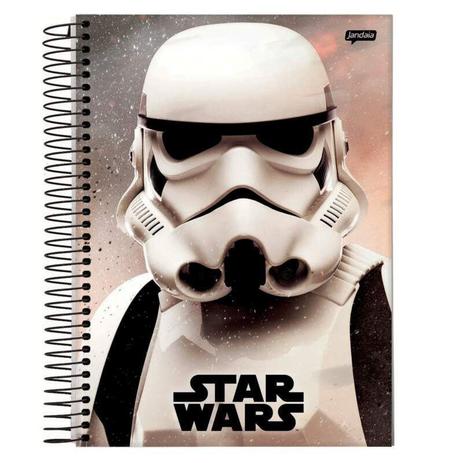



In canon, Phase II armor was a slight downgrade from its predecessor. Related: Star Wars: Every Upcoming Movie & Release Date Phase II clone armor was introduced after the first year of the war and was a vast improvement, with simultaneously lighter and stronger plating and no discomfort for the clones wearing it. It wasn’t without its drawbacks, however, as it was heavy and uncomfortable to wear, particularly when sitting. Though it wasn’t made of beskar, it intentionally resembled Mandalorian armor, acknowledging the clones’ heritage. Phase I clone armor was a durable plastoid suit that protected against shrapnel, radiation, the vacuum of space, and all but armor-piercing blasters. Jango was heavily involved in the clones’ training and the design of their equipment. In Legends, the Mandalorian bounty hunter and clone template Jango Fett worked closely with the Kaminoan cloners to create the deadliest military force in the galaxy. There are real-world reasons for the two generations of armor as well, providing the clones with visual symbolism that highlights their heritage and the state of the Republic they fight for. Their successors, the recruited Imperial stormtroopers, use the same armor design for decades, so why do clone troopers go through two phases of armor throughout a three-year war, and what’s the difference between the two? Different answers can be found in-universe in both canon and the original timeline, Legends (formerly known as the Expanded Universe). Republic clone troopers are shown wearing two different sets of armor in the Star Wars prequel trilogy.


 0 kommentar(er)
0 kommentar(er)
